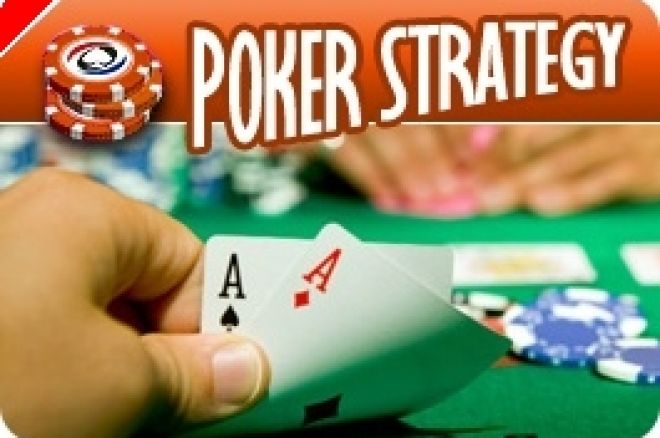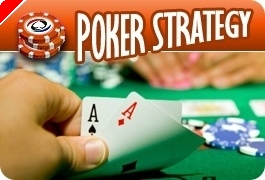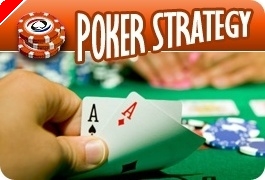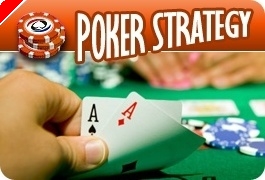Stud Poker Strategy: Tricky Moves, Part 1

Most of the time, against the typical stud opponent, you will make most of your money by playing in a straightforward manner. You will make money from the mistakes of your opponents, mistakes that he makes because he is not a good player. Bet aggressively when you are ahead, fold when you are far behind, and chase when you have the pot odds to do so. That's where most of your profit comes from, most of the time.
But sometimes you will have to get tricky. This column and the columns to come are designed to give you some tricky plays that you can use to fool your more observant opponents. I've already covered bluffs and semi-bluffs in prior columns, so I won't treat them here. Instead, I'll deal with raising on the come, re-raising to knock out the third player, buying a free card, and manipulating the pot size, both to make drawing more correct for you, and less correct for your opponent.
RAISING ON THE COME
This is a common weapon in the arsenal of many stud players. It's actually used too much by many. Here's how it works. It's third street. You have three to a flush. Your door card is a high card. Instead of making the obvious move of calling �� assuming your flush cards are live, so your best move isn't folding �� you raise. This adds some deception to your hand �C since most players will assume you have a premium pair, not a three-flush. If you pair your door card on fourth you'll most likely win the pot. If you get a suited card on fourth and then a suited card on fifth or sixth, your opponent is less likely to believe you now have a flush.
The problem with the move is that most experienced stud players know it well. They may still give you credit for your flush if you hit three suited up cards. They may not believe that you have a premium pair �C and they may re-raise you on fourth if you bet with two suited cards exposed. Even so, it will still be useful because it will help disguise the true strength of your hand when you do have the premium pair. They won't know if your raise signifies that you have a high pair or a drawing hand.
Raising on the come is not limited to third street. Players sometimes raise on fourth street when their first two cards are suited. If they hit a third suited up card on fifth, their opponents sometimes give them credit for a flush. And if they don't give them credit, knowing that they are capable of making this move on the come �C with just the first four of five suited cards of the same suit �C then when the hand is a flush they will get paid off.
GETTING A FREE CARD
This is a raise designed to represent a strong hand, to induce a check on the next round so you can avoid having to call a bet if you have still not improved your hand. Here's how it works. It's typically a move made on fourth street when you are not the high hand showing. Let's say you (3?Q?) 3?K?. There's a player with an ace showing in front of you. He called your bring-in bet on third street and he bets now. You have three to a flush in addition to your pair of threes with a king kicker. You raise him. You do this not as a bluff. You assume he'll call �C so you don't expect to win the pot as a result of your bet. What you're looking for is a check from him on fifth street, when the bets double. He'll check because your raise indicated that you could beat a pair of aces. He will be cautious and unlikely to bet again �C unless he improved; if he does bet again and you don't improve you can fold. On the other hand, he's likely to check to you. You can then check behind him and see a free card. Your raise, in essence, saved you half a bet from what it normally would have cost you to see sixth street.
This move has its risks, of course. He may not believe that your raise indicates strength, in which case he might re-raise you on fourth. What will you do then? You'll probably call with your substandard hand and hope to hit some miracle card that will put you ahead of what you read to be aces up. Of course he might be re-raising you without such a hand, not believing that you have anything but a small pair or a three-flush. And when fifth street doesn't help you and he bets again you'll have to fold. In that case the move would have cost you one and a half bets, since your best move would have been to fold. So being tricky has its risks, too. Most of the time, however, by raising, you'll convince your opponent that you're so strong that a check is the best play on the next street.








